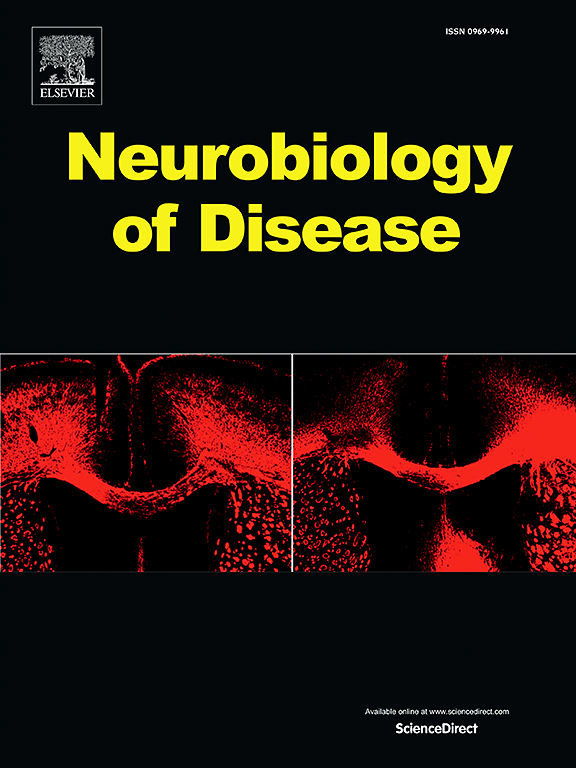Hearing the call of mitochondria: Insight into its role in sensorineural hearing loss
IF 5.6
2区 医学
Q1 NEUROSCIENCES
引用次数: 0
Abstract
Sensorineural hearing loss (SNHL) is a prevalent and complex auditory disorder with a multifactorial pathogenesis, in which mitochondrial dysfunction plays a pivotal role. Mitochondria are abundantly localized in critical structures of the inner ear, where they not only provide the substantial energy required for auditory transduction but also regulate key cellular processes. Growing evidence suggests that mitochondrial impairment, characterized by excessive reactive oxygen species (ROS) generation, dysregulated inflammatory responses, disrupted apoptosis, and mitochondrial DNA (mtDNA) mutations, is closely linked to the onset and progression of SNHL. Recent advances in mitochondria-targeted therapeutic strategies, such as antioxidant delivery, promotion of mitochondrial biogenesis, and mitochondrial gene therapy, have shown promising preclinical results. However, significant challenges remain in translating these approaches into clinical practice, particularly in terms of targeted delivery, long-term efficacy, and potential side effects. This comprehensive review systematically examines the molecular mechanisms underlying mitochondrial involvement in SNHL pathogenesis, evaluates recent progress in mitochondria-targeted interventions, and discusses current limitations and future directions in this rapidly evolving field. By integrating current knowledge and identifying key research gaps, this review aims to provide a solid theoretical foundation and fresh perspectives for the development of effective therapeutic strategies for SNHL.

听到线粒体的呼唤:洞察其在感音神经性听力损失中的作用。
感音神经性听力损失(SNHL)是一种普遍而复杂的听觉障碍,其发病机制具有多因素,其中线粒体功能障碍起关键作用。线粒体大量存在于内耳的关键结构中,它们不仅提供听觉转导所需的大量能量,而且还调节关键的细胞过程。越来越多的证据表明,以活性氧(ROS)产生过多、炎症反应失调、细胞凋亡中断和线粒体DNA (mtDNA)突变为特征的线粒体损伤与SNHL的发生和进展密切相关。线粒体靶向治疗策略的最新进展,如抗氧化递送、促进线粒体生物发生和线粒体基因治疗,已经显示出有希望的临床前结果。然而,在将这些方法转化为临床实践方面仍然存在重大挑战,特别是在靶向递送、长期疗效和潜在副作用方面。这篇全面的综述系统地探讨了线粒体参与SNHL发病机制的分子机制,评估了线粒体靶向干预的最新进展,并讨论了这一快速发展领域的当前局限性和未来方向。本综述旨在通过整合现有知识和识别关键研究空白,为制定有效的SNHL治疗策略提供坚实的理论基础和新的视角。
本文章由计算机程序翻译,如有差异,请以英文原文为准。
求助全文
约1分钟内获得全文
求助全文
来源期刊

Neurobiology of Disease
医学-神经科学
CiteScore
11.20
自引率
3.30%
发文量
270
审稿时长
76 days
期刊介绍:
Neurobiology of Disease is a major international journal at the interface between basic and clinical neuroscience. The journal provides a forum for the publication of top quality research papers on: molecular and cellular definitions of disease mechanisms, the neural systems and underpinning behavioral disorders, the genetics of inherited neurological and psychiatric diseases, nervous system aging, and findings relevant to the development of new therapies.
 求助内容:
求助内容: 应助结果提醒方式:
应助结果提醒方式:


